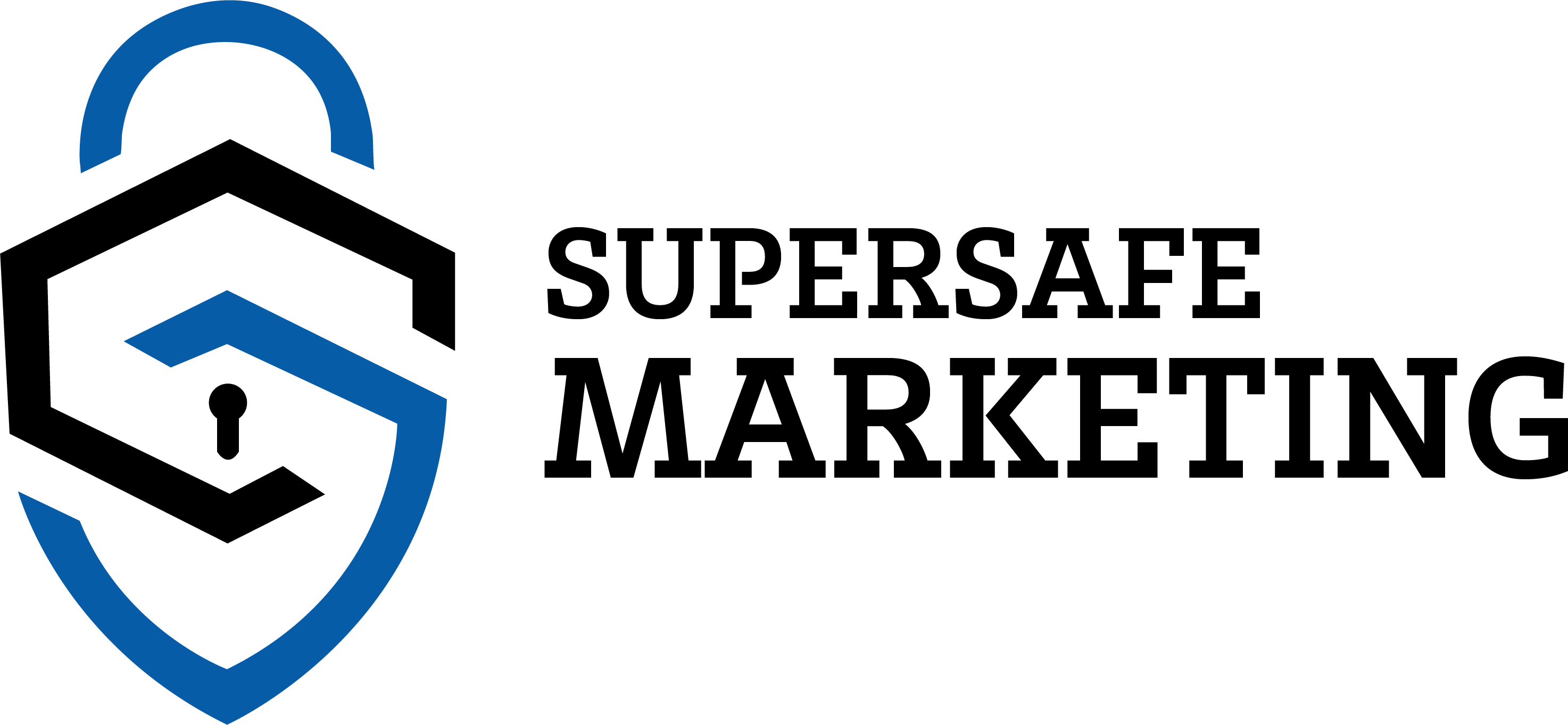Conversational Marketing Techniques Create Warmer Prospects
Conversational marketing offers an opportunity to connect with prospects on a personal level. Think about the last time you had a good chat with someone. It likely had a few, if not all, of the following elements.
- Empathy and Respect. Respecting the other person’s thoughts, opinions, and feelings is crucial. Practice empathy by understanding their perspective.
- Clear Communication. Expressing your thoughts and ideas concisely is essential for effective communication. Use appropriate language while maintaining a friendly tone. Try to be mindful of non-verbal cues contribute to clarity in conversation.
- Flexibility and Adaptability. Being flexible during a conversation means being open to changing its direction. That allows for a more natural flow and ensures everyone feels comfortable.
We can recognize these elements when they exist in conversations with others. When it is time to create a marketing campaign, our tone shifts.
Instead of maintaining that friendly tone, our brands take a formal approach.
We sacrifice being cordial for being informative. Although authority is a way to show expertise, you have more choices. Convey information in ways that the average person can understand.
You’ll create warmer prospects by embracing conversational marketing.
What Is Conversational Marketing?
Conversational marketing focuses on engaging with people using personalized conversations. It uses interactive and real-time engagements.
It leverages various communication channels, including chatbots, and messaging apps. Chatbots and social media platforms help to start or maintain these conversations.
When taking this approach, the goal is to create a bespoke experience for your prospects. It enables relationships to form as you get a better understanding of personal needs.
Forming connections through your outreach efforts is the goal. You’re guiding a prospect through the buying journey.
With conversational marketing, the goal is to improve prospect qualification by establishing relationships. When warmer leads come your way, it is more likely that your conversion rates will rise.
More importantly, you’re building trust that can lead to future sales even if today doesn’t create one for you.
How Conversational Marketing Emerged as a Methodology
Conversational marketing emerged as a response to the changing landscape of customer engagement. This even happened during the rise of digital communication channels.
Traditional marketing methods became less effective in earning the trust of consumers. They wanted personalized experiences, which mass advertising couldn’t offer.
The roots of conversational marketing trace back to the early 2000s. The early campaigns used instant messaging and chat applications.
In 2016, chatbots became popular. This change came from the popularity of messaging apps and rapid technology advancements.
Artificial intelligence (AI) and natural language processing (NLP) technologies led to better conversations.
Although automated technologies simplify the marketing processes, people see less value in AI. They want live chat and a real person engaging with them whenever possible.
When people feel connected to a brand, they have more confidence in it. They’ll receive valuable content while having their needs addressed, creating a relationship.
Today, conversational marketing continues to evolve as AI technology advances. The power of a one-on-one engagement is often enough to transition prospects from cold to warm.
How Important Is Trust in Conversational Marketing?
Trust is one of the fundamental pillars of conversational marketing. It plays a critical role in many facets, connecting people to you in ways that feel meaningful.
You’ll need trust to move forward with conversational marketing. Here is why it is so important to the process.
Trust Builds Rapport
You must have trust to establish a positive connection with customers. When prospects have faith in you and your brand, they are more likely to engage openly.
This rapport encourages them to share information and express their needs and concerns.
Trust Offers Credibility
Conversational marketing aims to create a personalized and human-like experience. Trust is crucial for prospects to perceive the interactions as genuine and credible.
If customers feel that the conversation is scripted or robotic, they might disengage. Some might even lose interest in your business.
Professionalism and integrity are critical ingredients in your quest to establish credibility. Be reliable, punctual, and consistently meet your commitments while following ethical guidelines.
Trust Creates Information Sharing
This marketing approach often involves collecting data to understand a prospect’s needs better.
Trust is crucial because people must feel confident. They must know you will safeguard and use their personal information responsibly.
Trust Expects Honesty
This element is vital when providing recommendations or guidance during the conversation. Prospects expect honest and reliable suggestions that cater to their specific needs.
When they trust the brand or its representative, they are more likely to accept and act upon the proposals.
Establishing honesty early in a conversation is crucial to your success. Consider talking about your own experiences. Review the challenges you face or your mistakes.
This conversation encourages others to do the same.
Your goal is to create a safe and non-judgmental environment while setting a positive tone.
Trust Resolves Concerns
Trust is essential for addressing a prospect’s personal concerns and resolving issues effectively. If they respect your commitment to creating positive outcomes, helpful feedback will come.
Your relationship lets them feel comfortable reporting issues. This benefit delivers opportunities to correct problems that happen during the sales process.
Trust Retains Customers
Trust is a crucial factor in building long-term relationships. When people connect with a brand, they’re more likely to become loyal advocates.
They refer the brand to others and become repeat customers. You are fostering loyalty and helping to create a positive brand image.
What Does It Mean to Be Yourself in Conversational Marketing?
Being yourself in conversational marketing means presenting your brand or business authentically. You must be genuine during customer interactions.
It involves maintaining a human-like and conversational tone. Through this effort, you’re conveying your brand’s personality and values.
Instead of using scripted or AI-based language, be yourself! Conversational marketing involves relatability, empathy, and building connections with your audience.
There are no shortcuts to success with this method.
Here are the critical aspects to remember as you begin to ensure your messaging doesn’t get lost in translation.
- Authenticity. It’s essential to be genuine and transparent in your conversations. Avoid using sales-oriented language and instead strive for a natural and friendly tone. Be true to your brand’s voice and values, reflecting its unique identity.
- Personalization Tailor your conversations to the individual prospect. Address people by name. Show interest in their needs and preferences, and provide personalized recommendations or solutions. These efforts prove you value and understand them as unique people.
- Active Listening. Pay close attention to what the customer is saying and respond thoughtfully. Use the information they provide to ask relevant questions and offer helpful guidance. This sharing process creates an engaging and personalized connection to your business.
Being yourself in conversational marketing creates an environment where people feel comfortable. They see themselves as understood and valued.
That often leads to increased satisfaction and loyalty. In return, your preferred outcomes are more likely to materialize.
How to Engage a Cold Prospect Through Conversation
Engaging cold prospects through conversational marketing can be challenging. With the right approach, you can increase your chances of building a connection.
If you create that connection, the prospect often transitions to a warm state.
It is crucial to remember that people won’t react strongly to your first approach for at least one reason. Your goal is to find the issue and offer a resolution without giving them a sales pitch.
Before reaching out, gather as much information as possible about them. This knowledge will help you tailor your conversation to their specific needs.
It also shows that you’ve done your homework.
Now you’re ready to start the marketing effort! The best thing you can do is begin with a strong introduction.
Start the conversation with a warm greeting. Introduce yourself or your company in a concise and friendly manner.
Try to be as personal as possible, making every word count.
Ask open-ended questions to encourage them to share their thoughts and experiences. Conversations with one-word responses end quickly.
As you gather information, try to focus on offering value. You want to establish yourself as a helpful resource for them.
Share insights, industry knowledge, or relevant information that can benefit the prospect. The goal is to build trust and credibility simultaneously.
Finally, be respectful of the time a cold prospect offers. These people are often busy, so consider scheduling an appointment to speak with them.
If you see this person or business as a high-value opportunity, consider taking them out for coffee or lunch.
Following Up After a Conversational Marketing Contact
In a perfect world, you create warm prospects with each conversational marketing contact. Those sales metrics rise, and your conversion rates are well above industry standards.
You’ve got cash coming in from many directions
Reality offers a different outcome. Most cold prospects stay that way after engaging with them. It takes more than a single conversation to create results.
Although some people will convert, you cannot give up on the ones that don’t proceed to a transaction. It is up to you to follow up with them after, ensuring that your brand and business stay at the top of the mind.
Conversational Marketing Follow-Up Steps
The following steps can help you have a successful experience when it is time to re-engage one of your prospects.
Step 1: Begin your follow-up by referencing the initial conversation to provide context. This effort helps the recipient remember the interaction and establishes connections.
Step 2: Show gratitude for your prospect’s time and engagement during the previous conversation. Try to acknowledge their interest and input, emphasizing that you value their participation.
Step 3: Address any outstanding questions or concerns that exist from your previous conversations. Taking this step demonstrates your attentiveness and commitment to providing a satisfactory experience.
Step 4: Some people need more information before they can transition from a cold to a warm state. Share relevant resources to support their understanding or decision-making process.
Step 5: Customize your communication to make it more personal. Try to tailor it to the individual’s preferences or challenges.
Step 6: Outline the next steps in the process. Suggest a specific and practical action for the individual to take. Do you want to schedule a call next week? Would it be better to arrange a product demonstration?
Step 7: Establish a timeline for the next interaction. Include any expected updates to manage expectations. That helps to keep the conversational marketing efforts moving forward.
As you complete these efforts, try to reiterate your willingness to answer questions or provide support.
Your prospects will respond positively if you’re available to help them. They want to make informed choices and have concerns addressed.
Meet those needs develops a meaningful connection to your brand and business.
How to Begin Your Journey with Conversational Marketing
Unlike SEO and other traditional marketing options, the conversational approach seeks individual moments. It engages prospects whenever you connect with them.
It happens when you meet someone on the street. You might visit a restaurant and have a chat with someone at another table.
You can also invest in professional marketing resources. Today’s pros ensure your conversations convey the expertise you and your prospects expect.
That journey begins when you outline achievable goals through your conversational marketing campaign. Is it to generate leads, drive sales, provide customer support, or gather feedback?
It also helps to take some time to get to know your audience. Try to understand their wants, needs, and pain points.
Doing so makes it much easier to structure a value proposition to share with your prospects.
Finally, consider the channels where your audience is most active. Engage in conversations where they prefer to be so that the connection feels natural.
It takes some time for conversational marketing to develop into a meaningful resource. If you stay invested and connect with your prospects, you can find positive outcomes.

